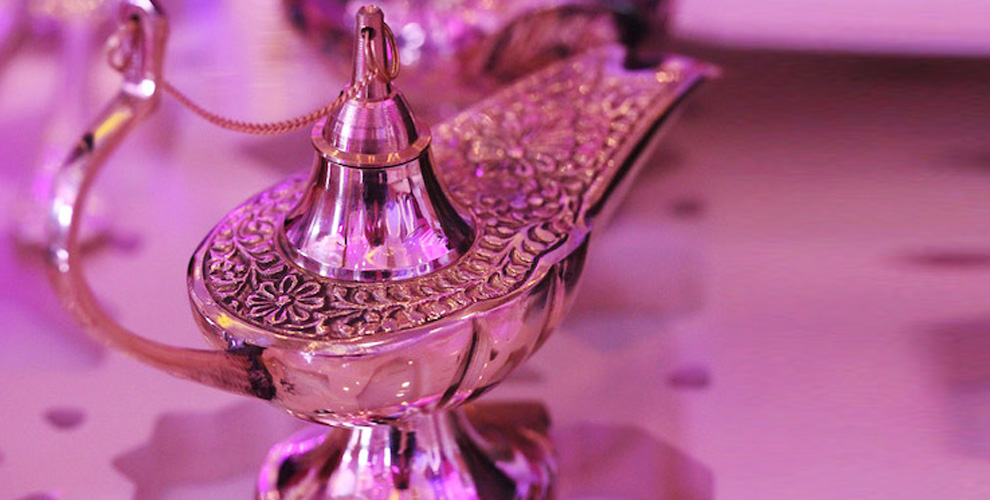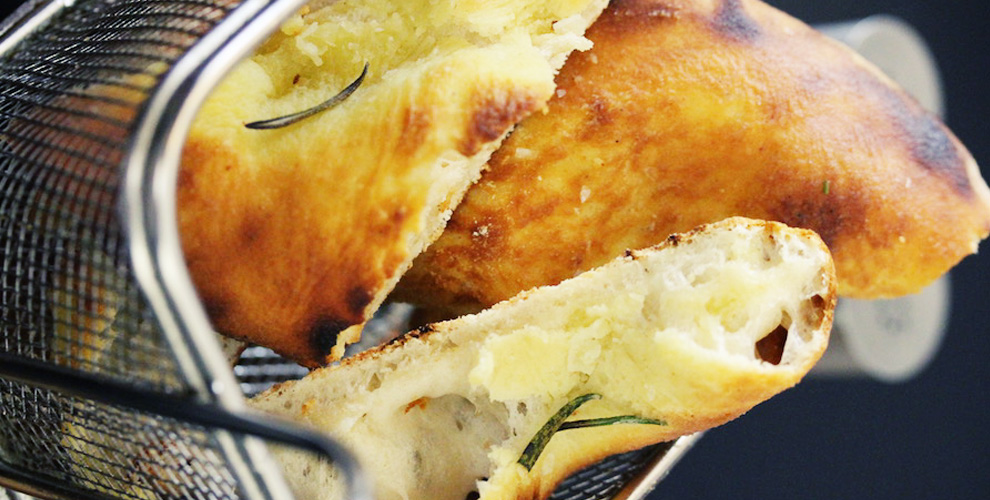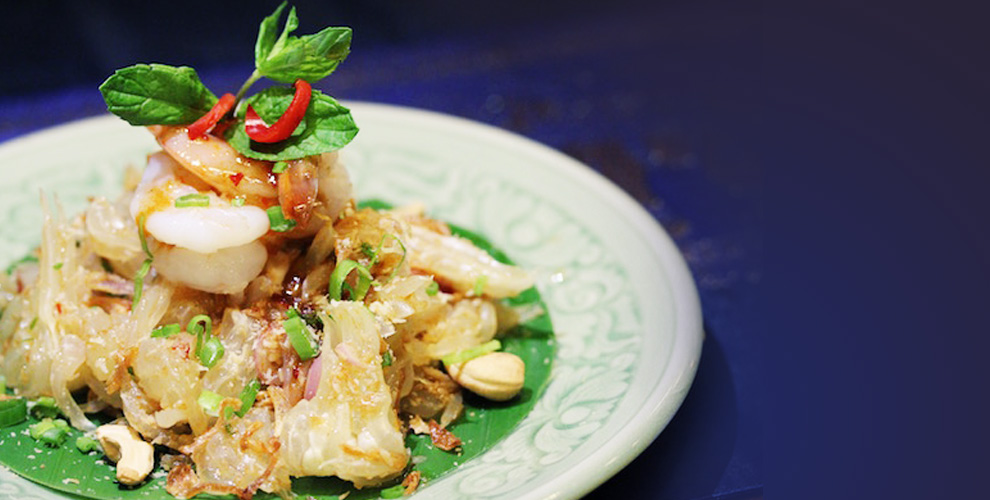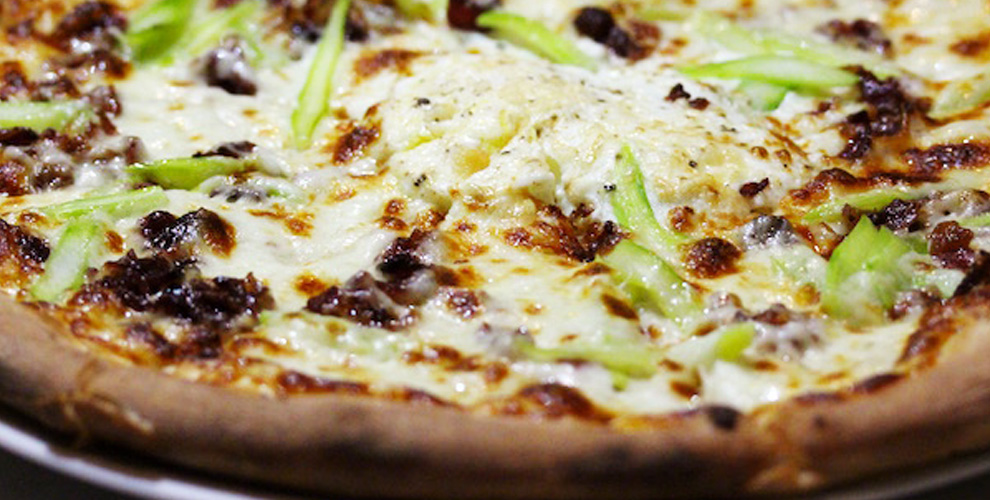If you’re a poet at heart, you’d call cooking an art. Indeed, some plates look more like canvases with morsels almost too beautiful to eat. I said almost.
For the visual feasting can be only a prelude to the main, magnificent act of consumption. But it’s perhaps more precise to characterise cooking as a science. How bread rises, sugar crystallises, milk turns into cheese are all processes rooted in chemical reaction and the transformation of molecular compounds.
The art vs. science dichotomy becomes apparent in the Wagyu beef tartare at Antica Pesa. Three dainty dollops of avocado lime mousse flank the mound of marinated raw meat. A piece of toast. Then a translucent orb… otherworldly and ethereal, as though painted with watercolour in milky white and yellow the shade of newly shucked corn.
This is the celebrated 63-degree egg. It’s made by slow poaching an egg in its shell over the course of an hour in a water bath at precisely 63° Celcius. At this temperature, the white and yolk are the exact same consistency.
The egg quivers with fragility as you transport it onto the beef tartare. With just a feather-light prod, its silken skin bursts. A glistening liquid seeps out, a slow-moving sauce, which clings to the meat and binds together the flavours of chives and truffle oil. A product of curiosity and study, the 63-degree egg has graced menus the world over and is often associated with what mainstream media call molecular gastronomy. But executive chef Marco Calcaterra sees it differently.
“It’s not molecular; it’s understanding how things work,” says the 26-year-old Sicilian, who now helms the Antica Pesa kitchen at Doha’s Kempinski Marsa Malaz after launching its sister restaurant in Brooklyn, New York.
“We are very traditional. We are not a molecular restaurant,” Calcaterra insists, “but there are touches of modernity.” And it’s these very touches that ensure the food at Antica Pesa retains its 93-year-old culinary heritage from Rome while addressing today’s palate.
Bruschetta is served not on a plate but in a spoon… and deconstructed. A soupcon of concasse tomatoes enveloped in balsamic vinegar sits beside a mozzarella sphere, a wobbly globule made from the liquid of fresh mozzarella cheese — all the familiar tastes of caprese with a cheeky play on texture.
The risotto arrives with drama. During its journey from kitchen to table, it’s smoked by cherry wood, absorbing the rustic flavours and obtaining a quasi-burnt dimension as though roasted on campfire. The smoke dissipates when the cloche is removed, revealing a plate of rice, stained vivid green by peas. Blanched snowpeas, fresh bean sprouts, and gorgonzola add to the composition that speaks of summer and light. Science and art side by side.
A certain measure of expectation accompanies dinner at Antica Pesa. In Rome and New York, it’s a celebrity haunt; photos of pasta-satiated Hollywood glitterati beaming with the owner adorn the entryway of the Doha outpost, along with notable artworks. But even with the Andy Warhol and Helmut Lang pieces plus a majestic sea view from every table, this restaurant isn’t really about flamboyance.
Its food rests on the premise of classics cooked flawlessly. Such as grilled octopus with cauliflower and vanilla. Or olive all’Ascolana, an aperitif favourite from the commune of Ascoli Piceno: pitted olives stuffed with beef, breaded twice then served straight from the fryer crispy and fragrant. Another is grilled lamb chops with macco, an ancient, velvety chickpea puree from Sicily. The addition of pomegranate seeds is a nod to the Middle East, but the rest of the dish is distinctly traditional Italian.
And Chef Calcaterra is a staunch acolyte of the old ways. His carbonara is thick and rich, clinging inexorably to homemade tonnarelli pasta. That consistency comes from just eggs and parmesan cheese — again, tradition.
“There’s no cream at all,” he avers, eyes glinting and hands flailing (he is Italian, after all). “No double cream, no single cream, zero. Leave the cream to the French.”
Neither will you find cream in Calcaterra’s tiramisu, in the way new fangled-versions try to skimp on mascarpone cheese. In fact, he’s so opposed to the blasphemous ingredient that his panna cotta, literally translated to cooked cream, is actually milk thickened with rice… but so lustrous and voluminous it’s difficult to detect the substitution.
This culinary agility and downright brilliance is a running theme. Burrata cheese rests on a shallow pool of transparent baby plum tomato jelly. Calcaterra’s rationale is that he wants to avoid the usual problem of tomato water sloshing away at the bottom of a salad. So he drains the tomatoes and sets the liquid with agar-agar: flavours captured, menacing juices disciplined.
In science, it’s called an elegant solution.
Antica Pesa
Kempinski Marsa Malaz
+974 4035 5300
** A version of this articles appears in the magazine Khaleejesque **














